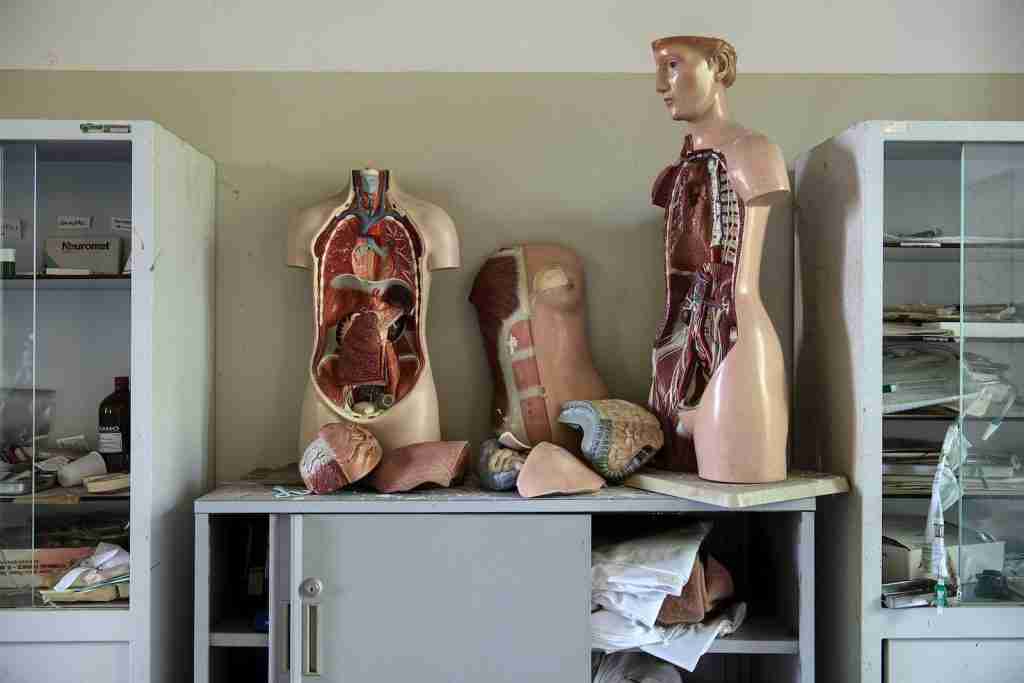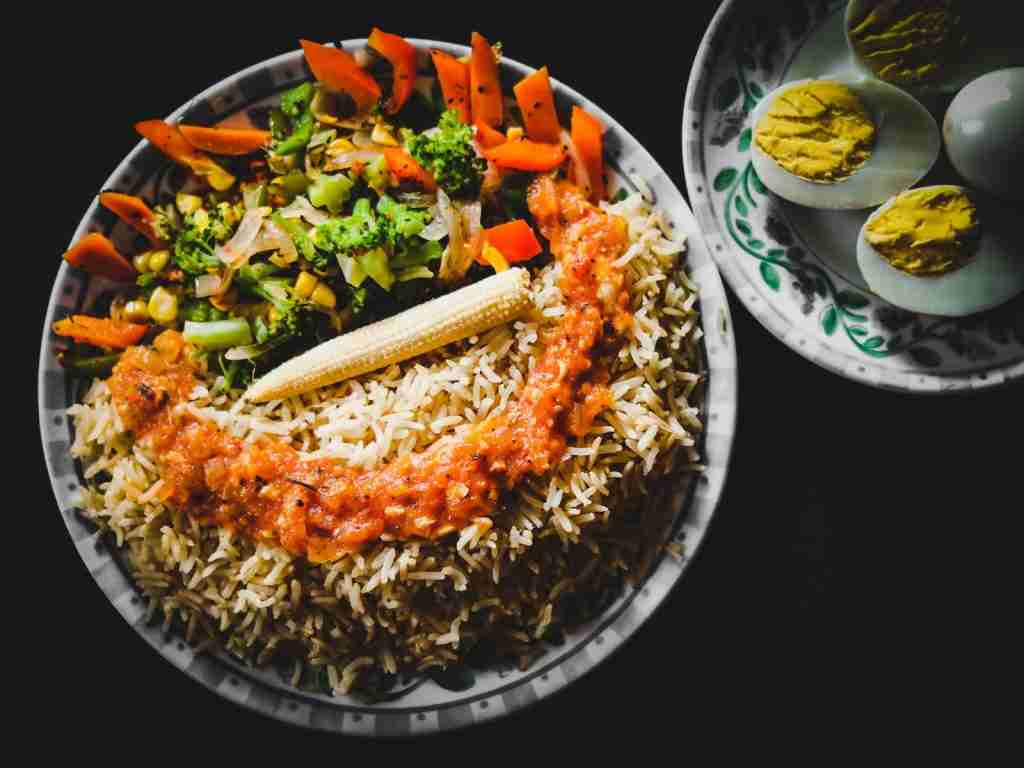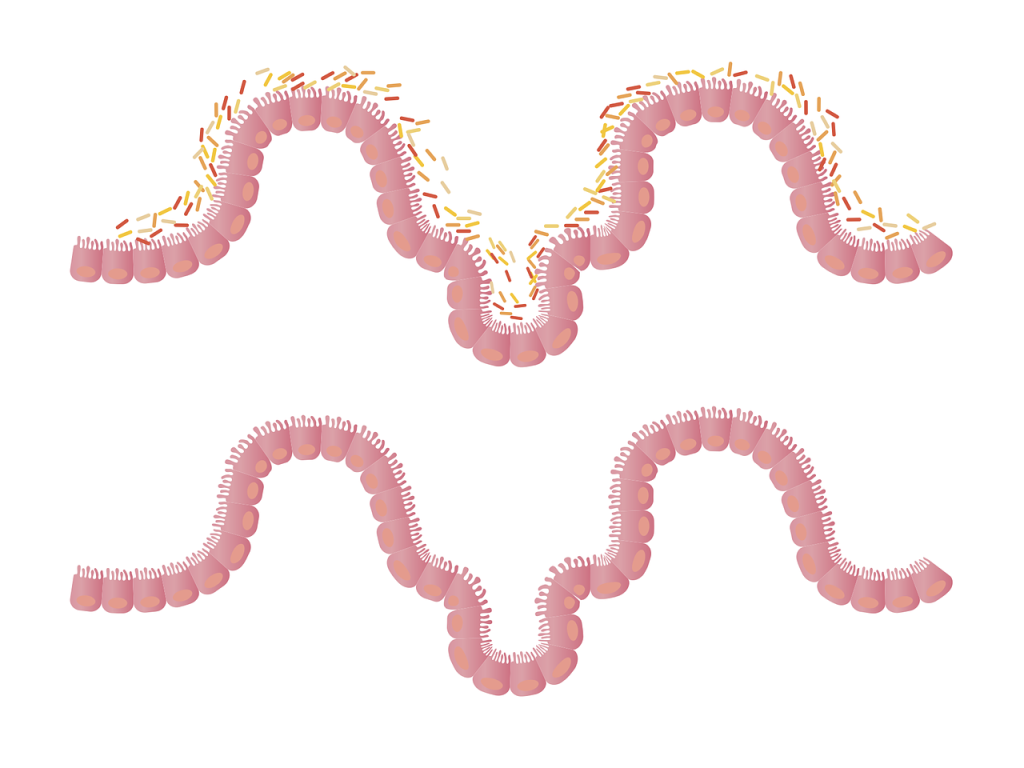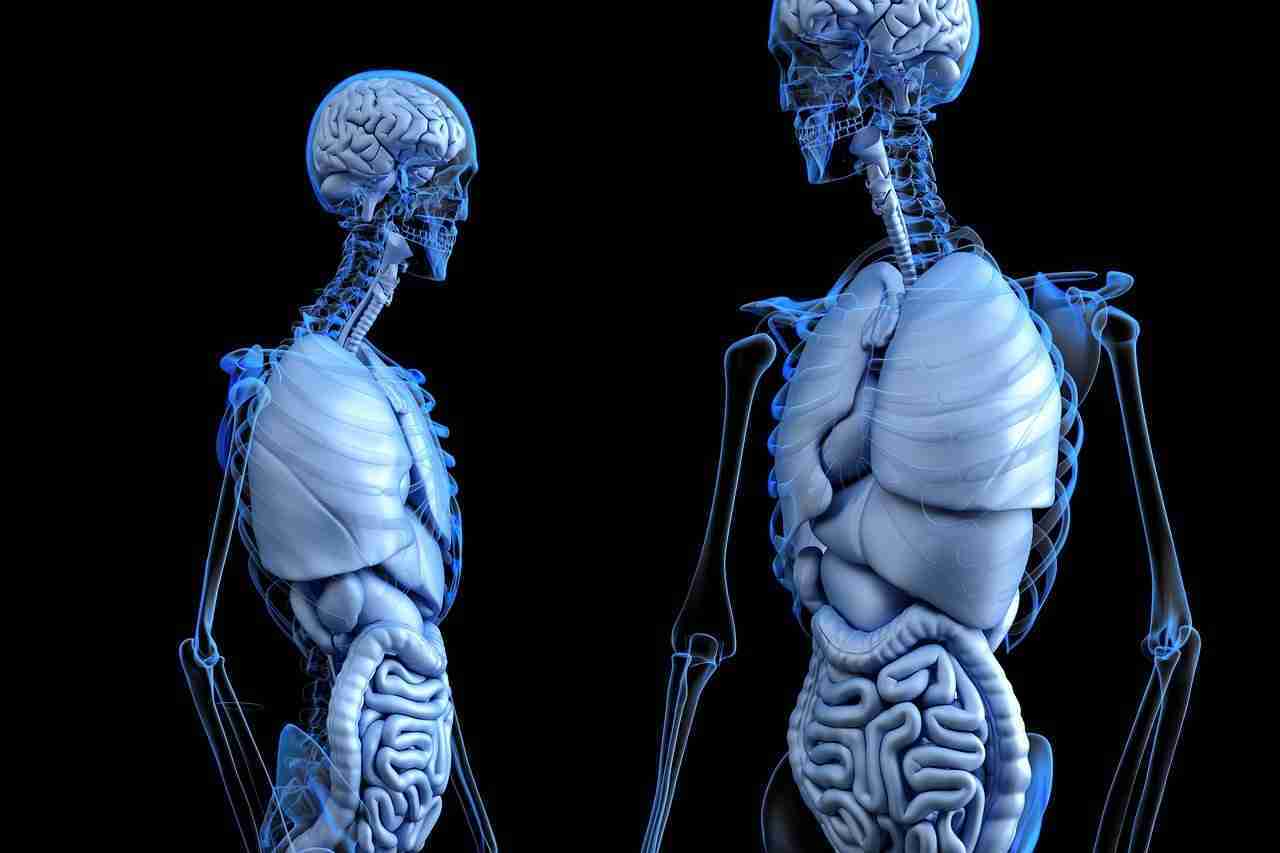25 Fun Facts About The Digestive System: Know Your Guts Secrets
1. The average person produces 1-1.5 liters of saliva daily.
Saliva plays a vital role in our mouths. An average person generates between 1 to 1.5 liters of it every day. It’s not just there to keep our mouths moist.
Saliva helps start the digestion of our food and protects our teeth from decay. It’s like a multitasking superhero in our mouths.
2. Stomach acid can dissolve metals over time.
Metals seem tough, right? However, our stomach acid is even tougher. Over extended periods, it can break down and dissolve metals.
This mighty acid aids in digesting food and safeguarding our bodies from harmful bacteria. So, next time you think about your stomach, remember it’s a powerhouse.
3. Newborns don’t produce tears or solid feces until about 4 weeks old.
The first few weeks of a baby’s life are full of surprises. For starters, newborns don’t shed tears when they cry or produce regular poop.
Instead, they pass a black, sticky substance called meconium. Things change only around the 4-week, and you’ll notice more familiar teardrops and baby poops.
4. The liver can fully regenerate from as little as 25% of its tissue.

The liver is like a star player in the regeneration game. Even if you’re left with only a quarter of it, it can grow to its full size.
This resilience helps it perform over 500 functions, from detoxifying our blood to storing vitamins. No wonder the liver is often hailed as a marvel of nature.
5. The small intestine is about 20-25 feet long in adults.
Imagine this: if you stretched out an adult’s small intestine, it would span about 20 – 25 feet. That’s the length of a small moving truck.
It’s coiled up neatly inside us, working tirelessly to absorb nutrients from our food. A long and winding wonder right inside our belly.
6. Due to villi and microvilli, The surface area of the intestines is roughly the size of a tennis court.
While we’re on intestines, let’s talk about surface area. Thanks to tiny, finger-like projections called villi and even tinier ones named microvilli, the inside of our intestines has a massive surface area.
How massive? Well, it’s comparable to the size of a tennis court. All that space helps in absorb the goodness from our meals efficiently.
7. Hiccups result from involuntary contractions of the diaphragm.
Hiccups are unexpected, repetitive twitches of the diaphragm that happen involuntarily. The diaphragm, a muscle that divides the chest and abdominal regions, is crucial for breathing.
When it spasms, it causes the vocal cords to snap shut quickly, creating that familiar hic noise.
8. The rumbling sound of the stomach, borborygmi, is gas and liquid moving.

Ever heard your stomach make those quirky rumbling noises? That’s called borborygmi. It’s like your stomach’s own little soundtrack.
Those sounds are made by gas and liquid shifting around. So, it’s not always about hunger sometimes; it’s just your stomach mixing and churning.
9. Human DNA can stretch from Earth to Pluto and back 17 times.
Our genetic blueprint, human DNA, is incredibly long and intricate. If you were to stretch it out, it would extend from Earth to distant Pluto and make the return trip 17 times, totaling an astounding 10 billion miles.
Such vastness in our DNA showcases the deep complexity within each of us.
10. Certain spicy foods can cause a warm sensation during elimination.
Ever enjoyed a spicy meal and then felt its effects later on during a bathroom trip? That’s because some compounds in spicy foods, like capsaicin from chili peppers, pass through our digestive system.
These compounds can interact with sensitive areas as they exit, creating that familiar warm sensation. It’s a fiery reminder of your meal choice.
11. Humans can’t fully digest dietary fiber.
Humans lack the necessary enzymes to break down certain plant fibers, notably dietary fiber. While we can’t fully digest it, this fiber plays a pivotal role in our health.
It aids in moving food through our digestive system, promotes healthy bowel movements, and supports the thriving community of beneficial bacteria in our gut.
It’s a testament to nature’s design, where even undigested components have critical roles.
12. Digestion starts even before you eat.
Think about your favorite food for a moment. Just that mere thought can kick-start the digestive process. Our brains and stomachs have a special connection.
When you imagine or smell delicious food, your body gets a heads up, releasing digestive juices in anticipation. It’s like your stomach saying, Ready, set, eat.
13. Flatus, or passing gas, contains small amounts of hydrogen, carbon dioxide, and methane.
Ever wondered what’s in that sneaky puff of gas we occasionally let out? Flatus, or what we commonly call passing gas, is a mix of different gases.
It contains harmless amounts of hydrogen, carbon dioxide, and even methane. It’s a natural byproduct of breaking down food in the intestines.
14. Some people lack the enzyme to digest lactose after childhood.
Love dairy but feel discomfort after indulging? You’re not alone. 65 percent of people around the world face this. As kids, most of us can digest lactose, the sugar in milk.
However, some individuals lose this ability after childhood due to decreased enzyme lactase. It’s a common reason why some folks turn to lactose-free alternatives.
15. The stomach can hold about 1.5 liters of material, which is one of the fun facts about The Digestive System
Your stomach is a bit like a stretchy storage container. On average, it’s built to accommodate around 1.5 liters of food, drink, and other materials.
That’s nearly the size of those standard water bottles many of us carry around. But remember, while it can stretch, it’s best to listen to your body’s fullness cues to avoid overstuffing it.
16. The body can’t absorb more than 20-25 grams of protein in a single meal.

Protein is essential for our muscles, but there’s a limit to how much we can take in at once. Typically, our bodies can only absorb about 20-25 grams of protein in a single meal.
Consuming more than that won’t necessarily bulk you up faster. It’s more about consistent daily intake to make the most of your protein sources.
17. The color of stool is due to bilirubin, a byproduct of old red blood cells.
Have you ever pondered the brownish hue of your stool? Well, it’s thanks to bilirubin. This pigment comes from the liver’s breakdown of old red blood cells.
After playing their part in carrying oxygen around the body, they give our stool its typical color as a final contribution. A colorful end to a vital journey.
18. Saliva contains a painkiller called opiorphin.
Nature has sprinkled some surprising ingredients in our bodies. Take saliva, for example. Beyond aiding digestion and keeping our mouths moist, it has opiorphin.
This compound acts as a painkiller; get this: it’s even more potent than morphine. So, every time you drool over your favorite dish, remember there’s a mini pharmacy in your mouth.
19. The cephalic phase of digestion starts when we see or smell food.
The journey of digestion has some intriguing stages. One such phase, the cephalic phase, kicks in just by looking at or smelling scrumptious food.
It’s like a pre-show before the main event, prepping our bodies to welcome the upcoming meal. Our brains send signals to get digestive juices flowing, setting the stage for a feast.
20. The human gut has its own nervous system.

Here’s a little secret: your gut has a brain. Not in the traditional sense, of course. This intricate web of nerves, the enteric nervous system, works independently of our central nervous system.
It regulates digestion, ensures nutrient absorption, and communicates with our main brain. A smart gut, indeed.
21. Chewing food releases more nutrients during digestion.
The simple act of chewing is more powerful than you might think. When you thoroughly chew your food, you’re not just making it easier to swallow.
This action breaks down food particles, allowing our digestive system to access and absorb more nutrients. Think of it as a key, unlocking all the goodness inside every bite.
22. 75% of human feces is water; the remainder is solid waste and diverse microbes.
Feces may seem simple, but they’re quite complex. Around 75% of human feces is water, while the remaining 25% consists of solid waste cellular lining, undigested fibers, fats, and more.
This solid portion also houses many microbes like bacteria and viruses. It’s a testament to the diverse ecosystem thriving within our gut.
23. Alcohol is largely absorbed in the stomach, not the intestines.
Grabbing a drink? Here’s something to mull over. While we might assume most alcohol absorption occurs in the intestines, a significant portion is absorbed right in the stomach.
This is why the effects of alcohol can be felt relatively quickly after consumption. Drink responsibly and be mindful of your body’s reactions.
24. The enzyme renin in infants helps digest breast milk.

Infants have a special enzyme called renin, tailored to their unique dietary needs. This enzyme is a little helper, specifically aiding in the breakdown of proteins in breast milk.
Breast milk provides essential nutrients as nature’s perfect food for babies, and renin ensures they can make the most of every drop.
25. Humans can’t digest cellulose.
Cellulose is a tough cookie, quite literally. Found in plant cell walls, humans can’t break it down and extract nutrients from it. However, it’s far from being unnecessary.
Acting as dietary fiber, cellulose is crucial in pushing food through our digestive tract. It’s like the unsung hero of smooth digestion, ensuring everything moves quickly.
FAQs
Digestive system cancers refer to malignancies that develop in organs involved in digestion. These can include cancers of the esophagus, stomach, liver, pancreas, and colon. They often present with symptoms like unexplained weight loss, abdominal pain, or changes in bowel habits.
Digestive system cells make up the tissues and organs involved in digestion. Examples include epithelial cells that line the digestive tract, muscle cells that help move food along, and glandular cells that produce enzymes and other secretions for digestion.
Digestive system tissues refer to organized groups of cells with similar functions that work together to support digestion. These include epithelial tissue lining the gut, muscular tissue for peristalsis, and connective tissue that supports the organs and glands.
Technically, your digestive system can experience severe dysfunction due to gastroparesis, obstructions, or nerve damage. However, a complete cessation of the digestive system’s function is often life-threatening and requires immediate medical intervention.
The digestive system works closely with the circulatory system to distribute nutrients absorbed from digested food. After digestion, nutrients like glucose and amino acids enter the bloodstream via capillaries in the digestive tract and are then circulated throughout the body to provide energy and support bodily functions.







